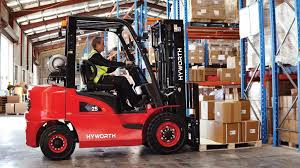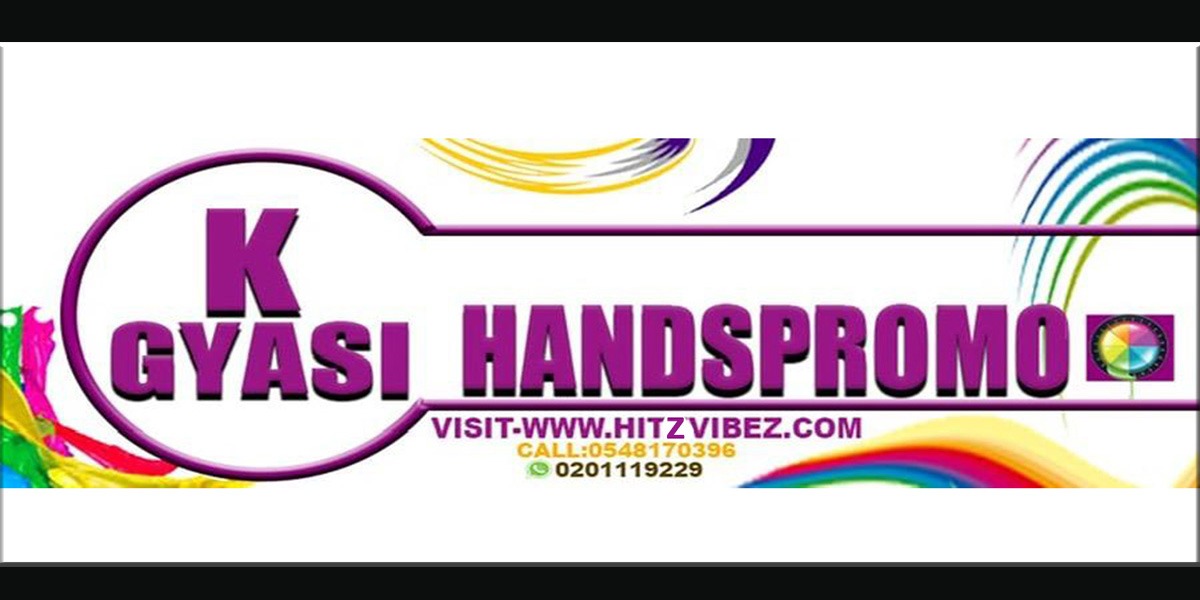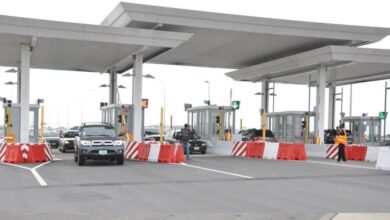Understanding the Cost-Effectiveness of Forklift Hire vs. Purchase

When it comes to material handling equipment, the decision on whether to hire or purchase a forklift can be a complex one. Both options have their pros and cons, and understanding the financial implications can help businesses make informed choices. With the right analysis, you can decide which option aligns better with your operational demands and budget constraints.
Evaluating Your Needs
Before diving into financial considerations, it’s essential to evaluate the specific needs of your business. How often will you require a forklift? Is this need seasonal, or do you need it year-round? Do you require different types of forklifts for various tasks?
By answering these questions, you can better gauge whether hiring or purchasing makes more sense. For example, companies that only need forklifts for short-term projects might find hiring more beneficial, whereas those with ongoing, extensive use may lean toward purchasing.
The Financial Breakdown
Costs of Purchasing
When you purchase a forklift, the initial outlay can be significant. The cost of a new forklift can range from £15,000 to £100,000, depending on its type and specifications. In addition to the purchase price, consider costs for maintenance, insurance, storage, and depreciation. A well-maintained forklift can last several years, but it’s still a capital investment that ties up significant resources.
Here’s a brief breakdown of costs associated with purchasing:
• Initial Purchase Price: The primary cost.
• Maintenance and Repairs: Ongoing costs that can add up over time.
• Insurance: Protecting your investment is crucial.
• Storage: Requires space, especially for larger models.
• Depreciation: The value of the forklift decreases over time, affecting resale value.
Costs of Hiring
On the other hand, hiring a forklift generally has a lower initial financial barrier. Rental costs vary depending on the duration, type of forklift, and market rates. Typically, hiring costs can be broken down into daily, weekly, or monthly rates. In many cases, hiring may include maintenance and insurance, simplifying budgeting.
Consider these cost aspects of hiring forklifts:
• Rental Rates: Daily, weekly, or monthly options that adjust to your budget.
• Maintenance Included: Many rental agreements cover maintenance, reducing unexpected expenditures.
• Flexibility: Hire different types as needed for various tasks without long-term commitments.
For companies weighing their options, it might be beneficial to check forklift leasing options. Understanding the flexibility and financial demands of different leasing agreements can provide clarity in your decision-making process.
Advantages and Disadvantages
Pros of Hiring
1 Flexibility: Hiring allows you to adapt to changing operational needs. If your tasks vary, you can switch between different models without the hassle of owning multiple forklifts.
2 Lower Capital Investment: Hire and redirect funds toward other areas of your business, which is especially important for smaller companies.
3 Tax Benefits: Rental payments can often be classified as operational expenses, qualifying them for tax deductions.
Cons of Hiring
• Long-Term Costs: If hiring for an extended period, it may end up being more expensive than purchasing.
• Availability and Reliability: During peak seasons, specific models might not be available for hire, impacting operations.
Pros of Purchasing
1 Asset Ownership: You have a tangible asset that can be sold later, potentially recouping some costs.
2 Customization: Owning a forklift allows for modifications based on specific operational needs.
3 Long-Term Savings: For continuous use, purchasing might be cheaper in the long run as you won’t have recurring rental fees.
Cons of Purchasing
• High Initial Costs: The financial burden can be significant.
• Maintenance Responsibilities: Companies must stay on top of maintenance, which can add complexity and costs.
• Depreciation: The forklift’s value decreases over time, affecting your return on investment.
Industry Trends and Considerations
In a rapidly evolving industrial landscape, it’s essential to stay informed about market trends. Many businesses are increasingly leaning toward short-term contracting and agile operations, which often favour hiring over purchasing. The rise of automation and electric forklifts also changes what companies look for in their material handling strategy.
Adapting to these trends means reassessing your forklift strategy regularly. Consider whether your current model—be it hired or owned—meets your evolving needs and budgets.
Conclusion
In summary, the decision between hiring and purchasing a forklift often hinges on your specific operational needs and financial strategy. Evaluate how frequently you will use the forklift, how long you plan to require it, and consider the comparative costs involved.
By taking the time to analyse both options critically, you can make informed decisions that support your business’s growth and operational efficiency. Whether you choose to hire or purchase, understanding the nuances will help you optimise your material handling processes effectively and economically.




